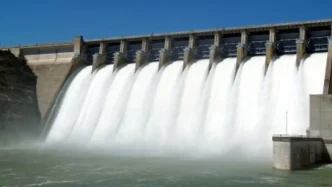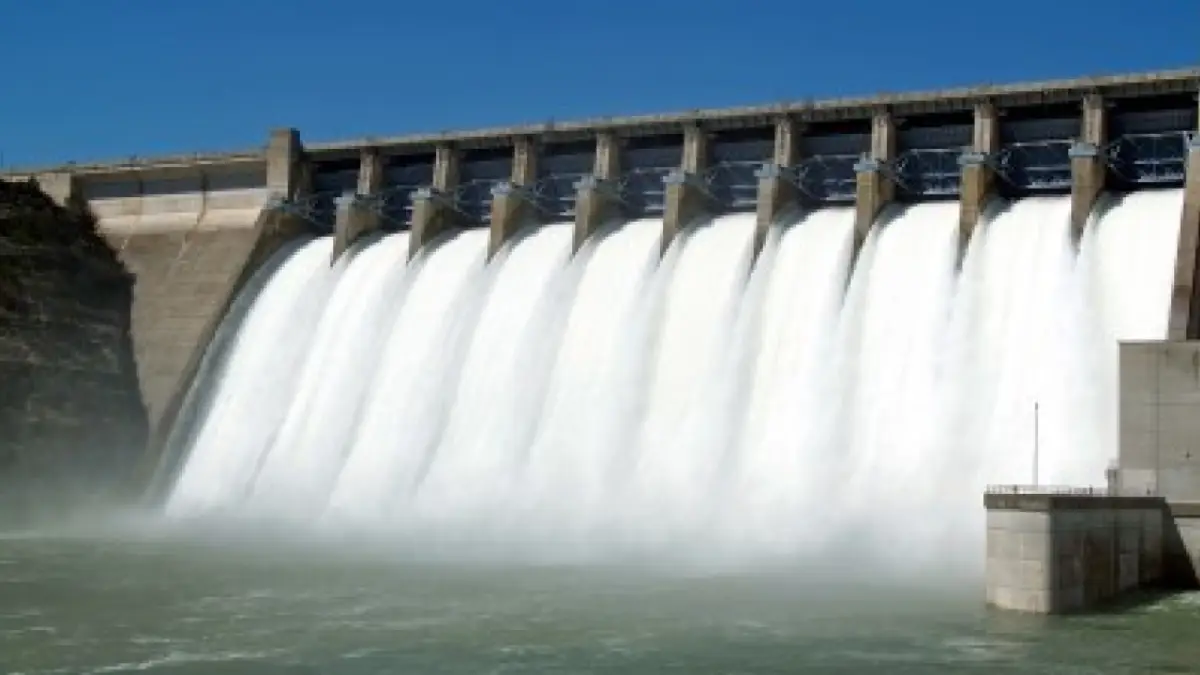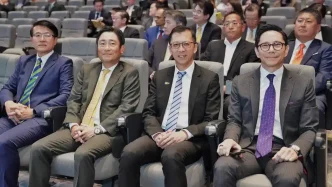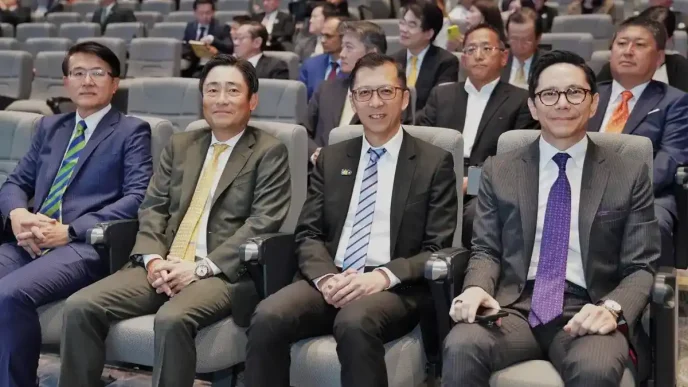In a bid to alleviate the financial strain on households grappling with skyrocketing electricity bills, the Lao government has unveiled plans to renegotiate power purchase agreements with hydropower developers. This move, endorsed at a recent cabinet meeting in Vientiane, aims to lower the cost of electricity procurement and ultimately reduce retail prices for consumers across the country.
Soaring Costs Spark Urgent Action
The decision comes amid growing public discontent over a sharp rise in electricity tariffs, which have nearly doubled for many households since the introduction of a new tiered pricing system in February 2025. Under this system, set to span until 2029, households consuming between 0-25 kilowatt-hours (kWh) per month saw their rates surge from 355 kip per kWh in January to 679 kip per kWh by July—a staggering 91.27 percent increase. Projections indicate that by 2029, these households could face rates as high as 911 kip per kWh, while those using over 1,500 kWh monthly might pay up to 2,223 kip per kWh.
Électricité du Laos (EDL), the state-owned enterprise responsible for power distribution, currently buys electricity from producers at an average of 6.2 US cents per kWh, equivalent to roughly 1,260 kip. However, it sells to households at a heavily subsidized rate of about 3 US cents per kWh, or 647 kip. This disparity has forced the government to shoulder significant subsidies, exacerbating EDL’s long-standing financial woes. The full base tariff, which includes power purchase costs, system losses, maintenance, and currency fluctuations due to dollar-based contracts, averages 7.29 US cents per kWh (1,567 kip), further highlighting the scale of the subsidy burden.
Renegotiation as a Path to Relief
At last week’s cabinet meeting, attended by provincial governors and key state agencies, the government agreed to push for reduced electricity purchasing rates through contract renegotiations with hydropower producers. A spokesperson for the government, Sonexay Sitphaxay, confirmed the strategy, noting that the meeting had approved a report on electricity price adjustments and proposed solutions. While specific details of the renegotiation process remain undisclosed, the focus is on securing lower wholesale prices to ease the financial pressure on both EDL and consumers.
The urgency of this measure is underscored by the broader context of economic hardship in Laos. High inflation and rising living costs have strained households and businesses for years, making the recent electricity price hikes particularly burdensome. During the 9th Ordinary Session of the National Assembly, lawmakers echoed public concerns, urging the government to reconsider the tariff adjustments. While officials defended the hikes as essential for EDL’s financial sustainability, the mounting economic strain has prompted this pivot toward contract renegotiation.
EDL’s Financial Struggles and Structural Reforms
EDL’s chronic deficits form the backdrop to the current crisis. The state enterprise has accumulated substantial debt over the years, largely due to heavy investments in expanding power infrastructure, particularly to rural areas. While this expansion has been critical for increasing access to electricity across Laos—a nation where hydropower is a cornerstone of the economy and a major export earner—it has proven unprofitable. The government views the tiered pricing system as a necessary reform to stabilize EDL’s finances, but the public backlash has forced a search for alternative solutions.
Beyond renegotiating contracts, the government has pledged to modernize electricity metering and payment systems. Billing errors and a lack of transparency have fueled consumer frustration in the past, and officials hope that upgraded systems will improve accuracy and rebuild public trust. These reforms, while not directly addressing price levels, signal a broader effort to overhaul the power sector’s operations.
Hydropower’s Double-Edged Sword
Laos has long positioned itself as the “Battery of Southeast Asia,” leveraging its abundant water resources to develop hydropower projects like the Nam Theun 2 dam in Khammuan Province. These projects not only supply domestic needs but also generate significant export revenue, with neighboring countries like Thailand purchasing large volumes of Lao electricity. However, the domestic pricing model has struggled to balance affordability with the financial demands of maintaining and expanding this infrastructure.
The reliance on hydropower also raises questions about sustainability and equity. While projects like Nam Theun 2 have been lauded for their contributions to national development, they often come at the cost of displaced communities and environmental degradation. For rural households now facing higher electricity bills, the benefits of such projects can feel distant. The government’s challenge lies in aligning the economic imperatives of the hydropower sector with the immediate needs of its citizens.
Public Sentiment and Political Pressure
The dramatic increase in electricity costs has dominated public discourse in Laos, with many households struggling to absorb the added expense. Small business owners, already squeezed by inflation, have voiced concerns about the impact on their operations. In urban centers like Vientiane, social media platforms have become a space for airing grievances, though specific posts remain sparse in verified reports. The National Assembly’s recent debates reflect the depth of public unease, with lawmakers warning that sustained high tariffs could deepen economic inequality.
The government’s response, while proactive, faces scrutiny over its feasibility. Renegotiating contracts with hydropower developers—many of whom are foreign investors or joint ventures—may prove complex. These agreements often span decades and involve intricate financial arrangements, including loans tied to international lenders. Analysts suggest that while lowering purchase prices could provide short-term relief, it risks straining relationships with key stakeholders in the energy sector.
Regional Context and Comparative Challenges
Laos is not alone in grappling with energy pricing dilemmas. Across Southeast Asia, governments face similar pressures to balance subsidies with fiscal responsibility. In Vietnam, for instance, state utility EVN has implemented tiered pricing to curb losses, though public pushback has been notable. Thailand, a major buyer of Lao hydropower, has also faced domestic criticism over electricity costs, despite benefiting from relatively low import prices. For Laos, the interplay of domestic policy and regional energy dynamics adds another layer of complexity to the current reforms.
Moreover, the broader economic climate in Southeast Asia amplifies the stakes. With inflation persisting across the region, energy costs are a critical determinant of household budgets. Laos, with its relatively small economy and high dependence on hydropower exports, must navigate these challenges while maintaining investor confidence. The government’s ability to secure favorable terms in renegotiations could set a precedent for how resource-rich but economically vulnerable nations manage such trade-offs.
Looking Ahead: A Delicate Balancing Act
As the Lao government embarks on this ambitious plan to renegotiate power purchase agreements, the path forward remains uncertain. Success could bring much-needed relief to consumers and stabilize EDL’s finances, but failure risks further public discontent and potential disruptions in the energy sector. The modernization of metering systems, while a secondary measure, could also play a crucial role in restoring confidence in the billing process.
For now, households across Laos wait anxiously for signs of progress. The coming months will test the government’s ability to deliver on its promises while managing the intricate web of economic and political pressures. As reforms unfold, the question looms: can Laos harness its hydropower wealth to power both its economy and the well-being of its people?
















